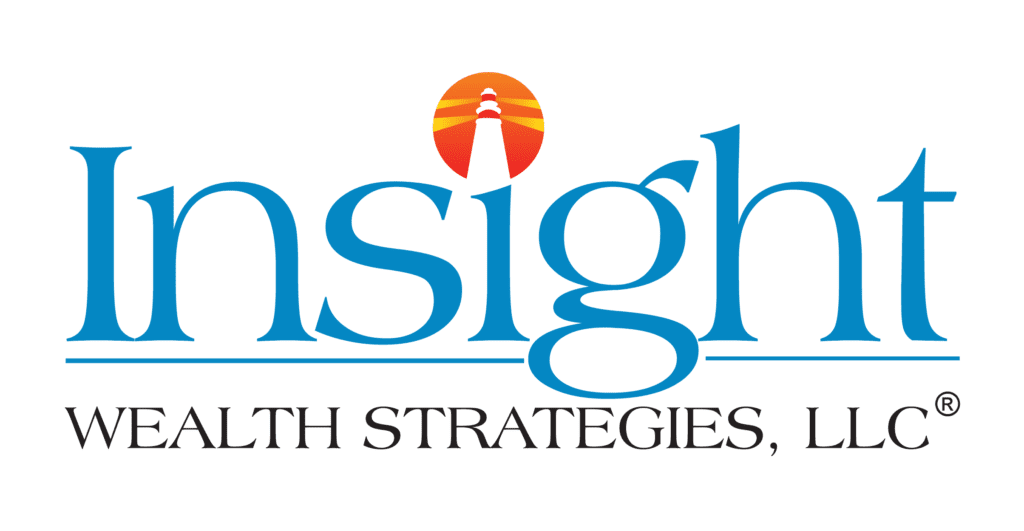The Best Way to Save for Retirement at 45
Table of Contents
Retirement savings can feel daunting at any age, but at 45, there’s still ample opportunity to build a secure financial future. Whether you’ve just started or are looking to maximize your existing savings, this article will provide you with the steps needed to create a solid retirement plan. From understanding where you should be financially at this stage to adjusting your investment strategy and maximizing savings potential, we’ll cover the essential strategies to help you achieve your retirement goals.
How Much Should You Have Saved for Retirement by 45?
At 45, it’s important to have a clear understanding of your financial position as you move closer to retirement. Start by assessing your net worth, the total value of your assets (savings, investments, real estate) minus any debts such as mortgages or loans. This snapshot helps you gauge where you stand financially.
Next, review your retirement savings progress. Are you on track to support your desired lifestyle? Whether your vision includes traveling the world or enjoying a peaceful retirement at home, your goals should align with your financial plan.
General benchmark: Many financial advisors recommend having about three to four times your annual income saved by age 451. However, your ideal target may vary depending on your income, lifestyle, and retirement goals. The key is to evaluate your progress regularly and adjust as needed.
For professional guidance, explore our wealth management in San Ramon or wealth management in Houston services to help you stay on track.
Best Retirement Accounts for 45-Year-Olds
At 45, tax efficiency and growth potential become especially important. The right mix of retirement accounts can help you maximize savings while minimizing taxes.
401(k) Plans- Maximize Contributions and Employer Matches
A 401(k) allows you to contribute pre-tax income, reducing taxable income now while letting investments grow tax-deferred. Many employers offer matching contributions, which can significantly boost your savings. Always aim to contribute at least enough to get the full match.
Traditional IRA vs. Roth IRA- Understanding the Tax Difference
A Traditional IRA offers tax-deductible contributions and tax-deferred growth, while a Roth IRA uses after-tax contributions but provides tax-free withdrawals in retirement. A Roth IRA may be especially beneficial if you expect to be in a higher tax bracket later.
Catch-Up Contributions at Age 50 and Beyond
If you’re approaching 50, the IRS allows additional “catch-up” contributions.
For 20242:
401(k): $23,000 limit + $7,500 catch-up
IRA: $7,000 limit + $1,000 catch-up
Even small increases in contributions now can compound significantly by retirement.
| Account Type | 2024 Limit | Catch-Up (Age 50+) |
|---|---|---|
| 401(k) | $23,000 | +$7,500 |
| IRA | $7,000 | +$1,000 |
Harnessing the Power of Compound Interest
Starting at 45 still gives you time to take advantage of compound interest, where your money earns returns on both the principal and the accumulated growth.
Example: If you invest $500 per month from age 45 to 65 with a 6% annual return, you could accumulate over $230,000, versus about $150,000 if you started at 50. The earlier you start, or increase your contributions, the greater your long-term payoff.
Adjusting Your Investment Strategy in Your 40s
In your 40s, striking the right balance between growth and security becomes essential.
Balancing Growth and Stability
You may want to shift gradually from aggressive growth to a balanced portfolio of stocks, bonds, and dividend-paying investments. Stocks provide higher potential returns but carry more risk, while bonds and other conservative assets offer stability.
How Often Should You Rebalance Your Portfolio?
Market changes can cause your portfolio to drift from your intended asset allocation. Rebalancing once or twice a year keeps your investments aligned with your goals and risk tolerance.
For more insights, explore our investment management services to help ensure your strategy supports long-term growth and peace of mind.
How to Maximize Your Retirement Savings at 45
Feeling behind on savings? There’s still time to catch up. Here’s how to make the most of the next two decades before retirement:
Increase your savings rate each year. Even a 1–2% bump adds up.
Automate contributions to 401(k)s or IRAs so you never skip a month.
Direct bonuses or raises into retirement accounts.
Cut unnecessary spending—subscriptions, dining out, or impulse purchases.
Consider side income opportunities to accelerate savings.
By focusing on consistent contributions and smart budgeting, you can build momentum even if you started later than planned.
Smart Spending and Saving Habits in Your 40s
One of the smartest financial moves at 45 is tackling high-interest debt. Credit cards and personal loans with double-digit interest rates can seriously limit your retirement savings potential.
Did you know? Paying off a 20% interest credit card balance is like earning a guaranteed 20% return on your money, risk-free.
Once debt is under control, redirect those payments into your retirement accounts to supercharge your savings.
Planning for Healthcare and Long-Term Costs
Healthcare expenses are one of the largest costs retirees face, so factoring them into your retirement plan is crucial.
Factoring in Rising Healthcare Costs
Even with Medicare, out-of-pocket costs can add up. Include health insurance premiums, deductibles, and prescriptions in your long-term plan.
Why Consider Long-Term Care Insurance in Your 40s?
Purchasing long-term care insurance (LTCI) in your late 40s or early 50s can help protect your assets from future medical expenses. Premiums are generally lower when you buy early.
Using a Health Savings Account (HSA)
If you’re eligible, an HSA offers a triple tax advantage—tax-deductible contributions, tax-free growth, and tax-free withdrawals for qualified medical expenses. It’s a powerful way to prepare for future healthcare costs.
| Expense Type | Average Annual Cost in Retirement (2024) |
|---|---|
| Medicare Premiums | $1,900–$2,300 |
| Medigap / Advantage Plan | $2,000–$3,000 |
| Out-of-Pocket Costs | $4,000+ |
Source: https://www.medicare.gov/basics/costs/medicare-costs
How Insight Wealth Strategies Can Help You Save for Retirement
At Insight Wealth Strategies, we understand that saving for retirement at 45 requires a tailored, strategic approach. Our fiduciary advisors specialize in creating personalized retirement plans that align with your unique goals and timeline.
We’ll help you:
Maximize contributions and tax efficiency
Adjust your investment strategy for risk and growth
Plan for healthcare and long-term expenses
Build a roadmap for financial security
Whether you’re in California or Texas, our team in San Ramon and Houston is here to help you create a confident retirement strategy.
Schedule a consultation today to start building a retirement plan that fits your future.
FAQs About Saving for Retirement at 45
- Not at all. With focused saving, tax-efficient investing, and professional guidance, you can still build a strong retirement portfolio.
- Aim for at least 15–20% of your income, including employer contributions, or as much as your budget allows.
- Pay off high-interest debt first, then direct those freed-up funds into your retirement accounts.
- A fiduciary advisor can help you create a customized plan, optimize tax strategies, and ensure your investments align with your goals.
Reviewed by,

Chad Seegers, CRPC®
Chad began his career with Sagemark Consulting in 2005 and then became a Select member of Sagemark’s Private Wealth Services which operated as a national resource for financial planners focusing on Advanced Strategies in the High Net Worth marketplace. Chad then began his partnership with Insight Wealth Strategies in 2013 focused on retirement planning primarily with Oil and Gas employees and executives. His primary areas of expertise are retirement, estate, and investment strategies as he serves as Investment Strategist for the financial planning team.
Insight Wealth Strategies, LLC is a Registered Investment Adviser. Advisory services are only offered to clients or prospective clients where Insight Wealth Strategies, LLC and its representatives are properly licensed or exempt from licensure. Past performance is no guarantee of future returns. Investing involves risk and possible loss of principal capital. No advice may be rendered by Insight Wealth Strategies, LLC unless a client service agreement is in place.
Insight Wealth Strategies, LLC (IWS) and its affiliates do not provide tax, legal or accounting advice. This material has been prepared for informational purposes only, and is not intended to provide, and should not be relied on for, tax, legal or accounting advice. You should consult your own tax, legal and accounting advisors before engaging in any transaction.

